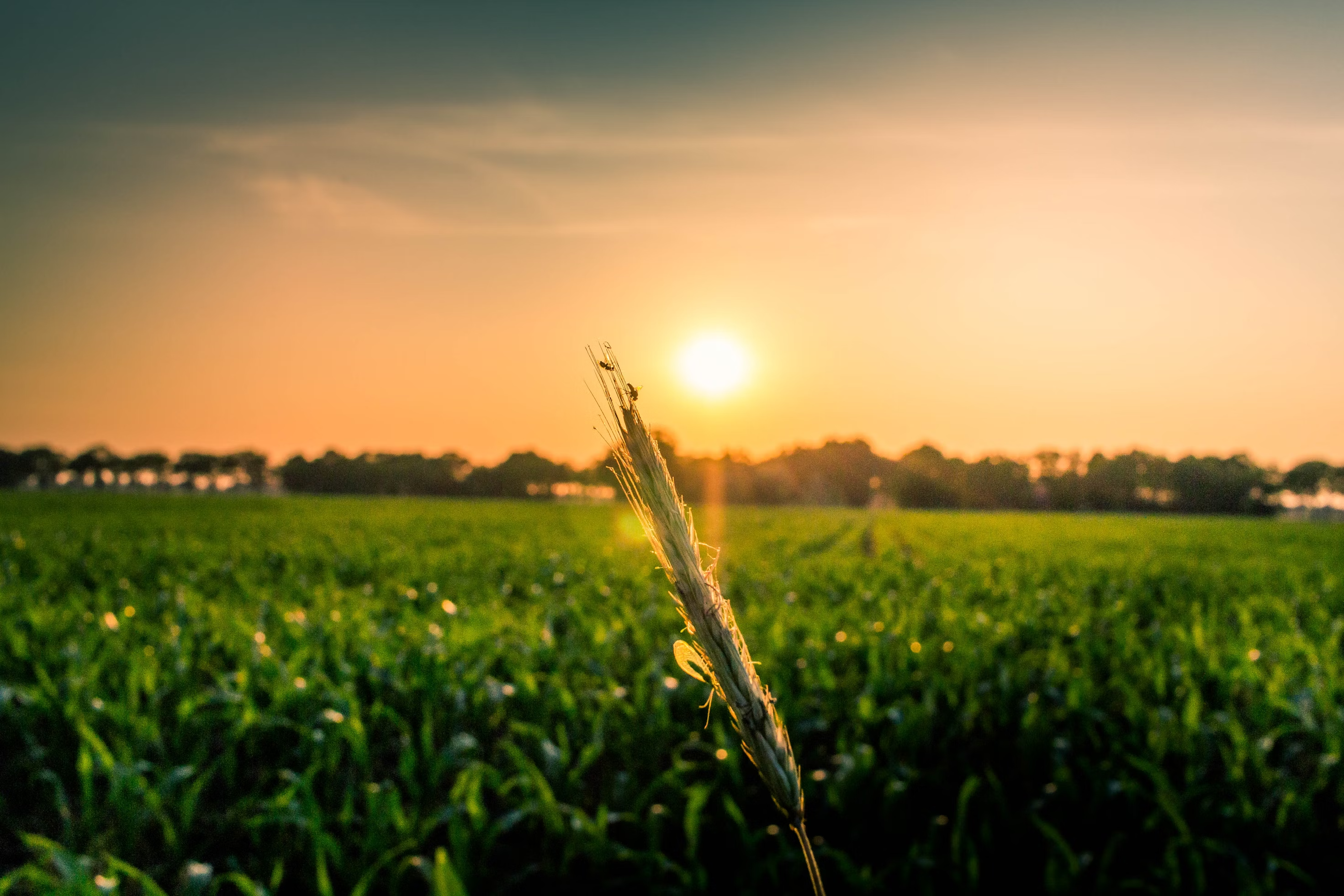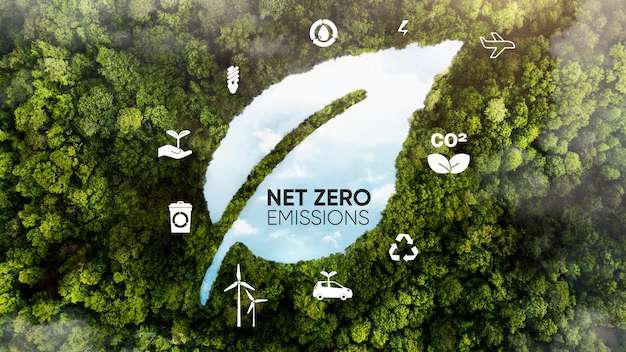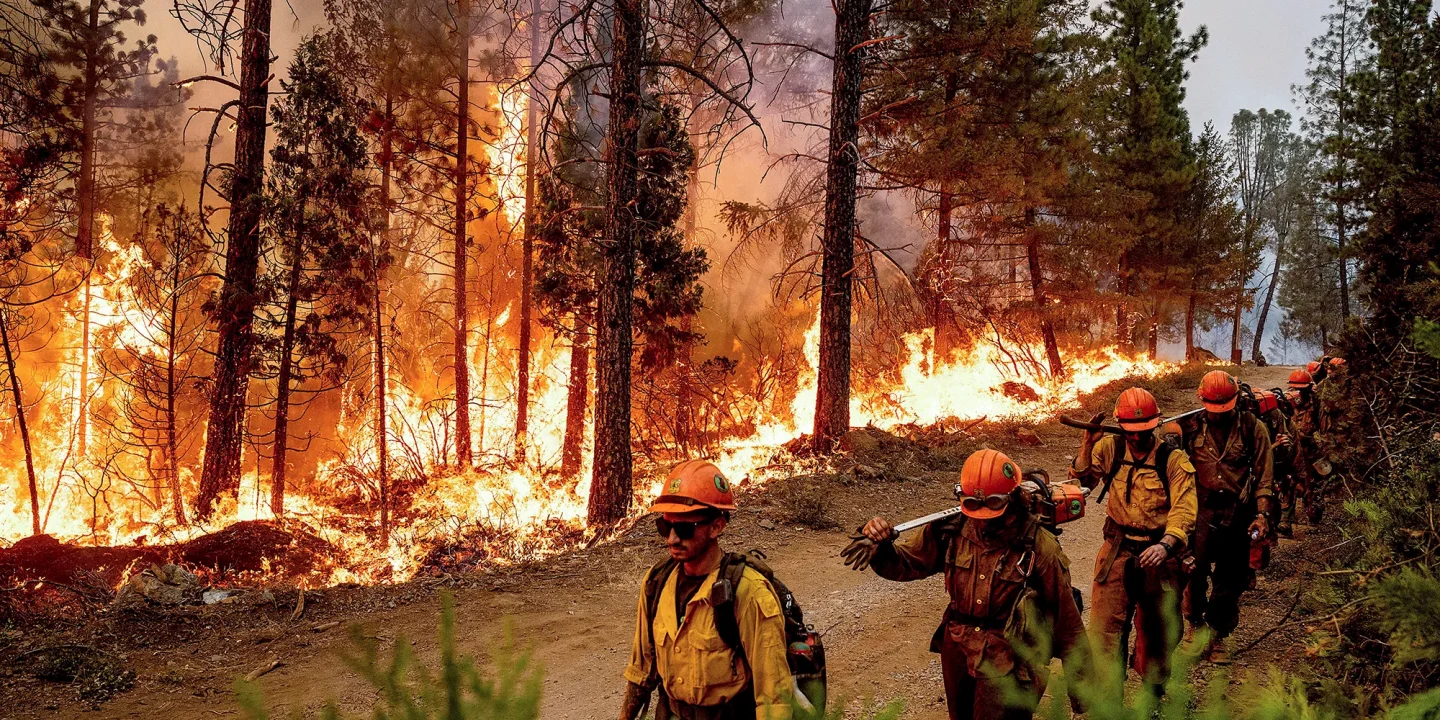
California, the Golden State, has long been associated with its iconic coastline, towering redwoods, and beautiful, sprawling landscapes. But in recent years, it has also become synonymous with devastating wildfires. Despite the state’s robust firefighting infrastructure, a combination of factors has led to prolonged wildfires that are not only difficult to contain but also increasingly destructive. This has left residents, emergency responders, and officials questioning: why is California unable to stop these fires from spiraling out of control for too long?
The Perfect Storm: Why Fires Are Spreading Faster
- Climate Change and Rising Temperatures
Over the past few decades, California has been experiencing hotter and drier conditions, a trend that experts attribute to climate change. 2023, for instance, marked one of the hottest years on record for the state, with the summer months reaching unprecedented levels of heat. The prolonged droughts combined with extreme heat create the perfect conditions for wildfires to ignite and spread rapidly. A report by the California Department of Forestry and Fire Protection (Cal Fire) showed that in the first half of 2023 alone, over 1,000 fires had scorched nearly 6,000 acres of land. - Fuel Loads: Overgrowth of Vegetation
In a typical year, vegetation—such as dried grass, bushes, and trees—acts as fuel for wildfires. With the state’s persistent droughts, this fuel becomes more readily available as plants die off and dry out. The overgrowth is particularly severe in some areas, making it harder for fire crews to control blazes. According to Cal Fire’s latest reports, there were over 11,000 structures damaged or destroyed in 2023 alone, with some of the most vulnerable areas being rural towns surrounded by dense, overgrown vegetation.
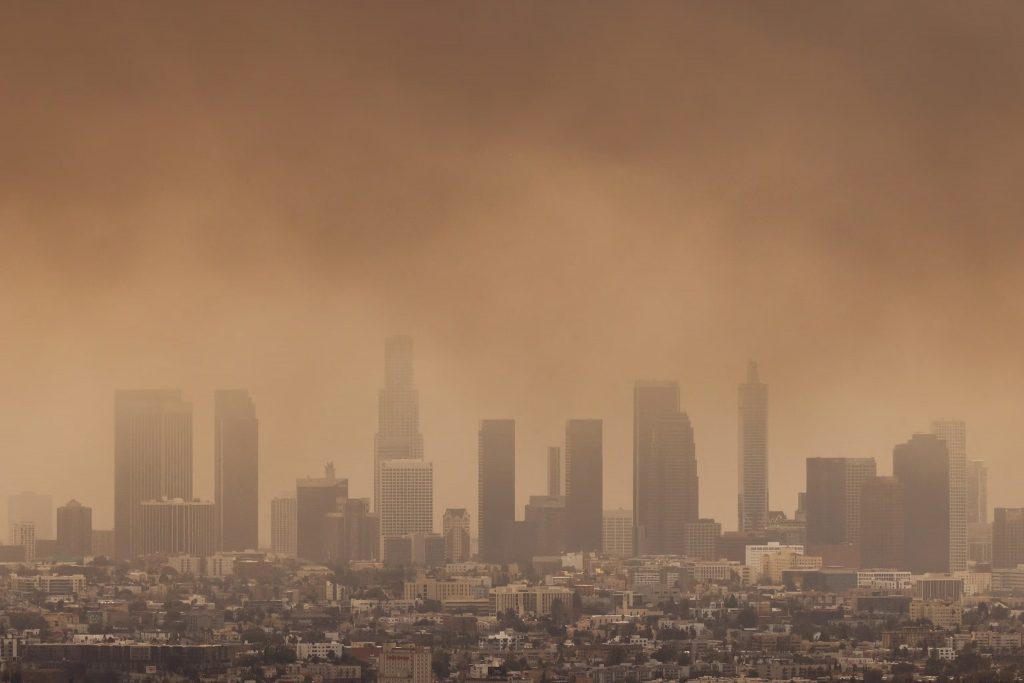
- Urban Expansion
As California’s population continues to grow, homes and infrastructure are increasingly built in wildfire-prone areas. This is particularly concerning in the “wildland-urban interface” (WUI), where densely populated suburbs meet forests and dry, brush-heavy hillsides. In such areas, fires can spread rapidly, catching residents and fire crews off guard. The challenge in these regions is not only stopping the fire but also ensuring safe evacuations and protecting lives. - Limited Resources and Overwhelming Scale
Wildfires are a massive logistical challenge. While California has one of the largest firefighting forces in the world, the number of firefighters, equipment, and helicopters available often falls short given the scale of fires. The 2023 fire season, for example, saw California facing multiple fires simultaneously across hundreds of thousands of acres, leading to a strain on firefighting resources. With such widespread devastation, it becomes increasingly difficult to quickly contain each fire before it spreads further.
Historical Context: When Wildfires Have Ravaged the State
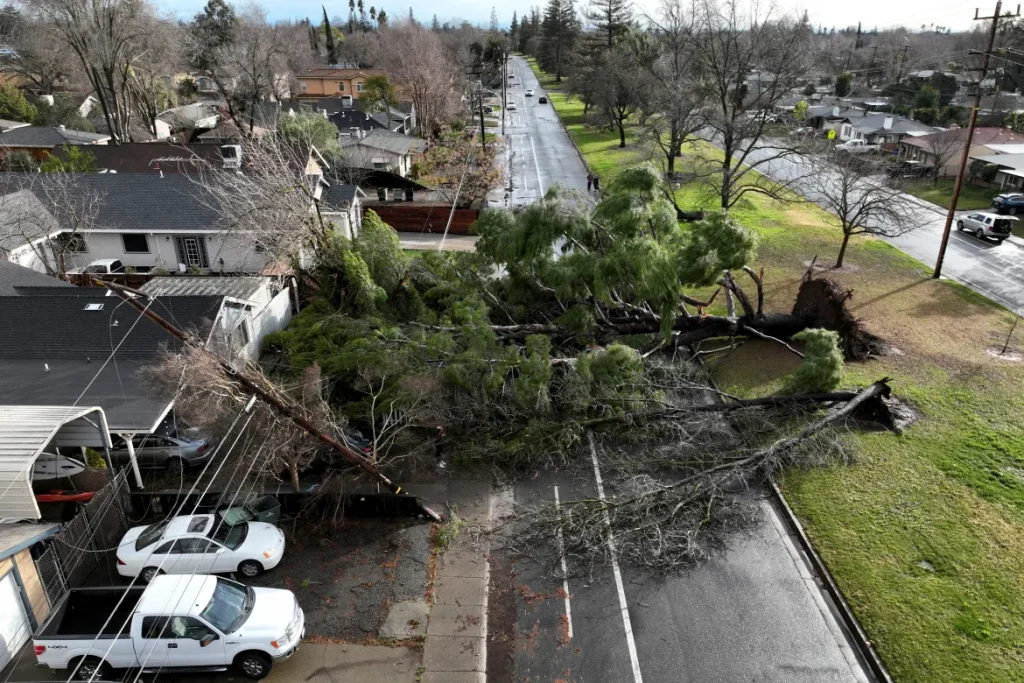
The situation in 2023 isn’t unique in California’s history. Wildfires have been an ever-present risk, but they seem to be getting worse. Let’s take a look back at some of the state’s most catastrophic wildfires in history:
- The 2018 Camp Fire
The 2018 Camp Fire in Northern California is one of the most devastating wildfires the state has ever seen. It destroyed the town of Paradise, claiming 85 lives and burning over 150,000 acres. The fire’s intensity and speed were staggering—once it ignited, it spread rapidly, fueled by strong winds and dry vegetation. By the time it was fully contained, the Camp Fire had caused $16.5 billion in damages. This remains the deadliest wildfire in California’s history and highlighted the critical issue of preparedness, with entire towns being wiped out before evacuation orders could be fully implemented. - The 2020 August Complex Fire
The August Complex Fire, which started in Northern California in August 2020, became the largest wildfire in state history, burning over 1 million acres of land. This fire lasted for months, devastating forests, wildlife habitats, and homes across multiple counties. It caused widespread damage, though there were fewer casualties (1 confirmed death), due to timely evacuations and better awareness of fire danger. The damage cost was also significant, with a total of $300 million in firefighting costs alone, underscoring how expensive and difficult it is to battle such colossal fires.
The 2023 Wildfires: A New Era of Destruction
In 2023, the wildfire season was particularly severe. According to the California Fire Science Consortium, approximately 2.5 million acres were burned in wildfires, and the firefighting costs exceeded $500 million. More than 20,000 firefighters from across the country were deployed to manage the fires, which spread through both urban and rural areas. Although California’s firefighting capabilities have evolved over the years, the overwhelming scale of fires in combination with an early and extreme fire season proved to be too much for even the most experienced teams.
Why Can’t We Stop It?
The question remains: why is California unable to prevent these wildfires from spiraling out of control? The simple answer is that there is no one solution. While California has invested in advanced firefighting technology, early warning systems, and vegetation management, the root causes of wildfires—such as climate change, overdevelopment, and limited resources—require systemic solutions that go beyond firefighting efforts alone. Until the state addresses these issues, the wildfire season will remain a critical challenge.
In conclusion, California’s fight with wildfires is far from over, and the struggle to contain these fires is likely to become even harder. As the state continues to grapple with an increasingly volatile climate, the damage caused by wildfires will undoubtedly grow, demanding innovative solutions and long-term planning. The fight is not just about fighting fires; it’s about creating a future where communities are better prepared, protected, and resilient to the growing risks of wildfires.













